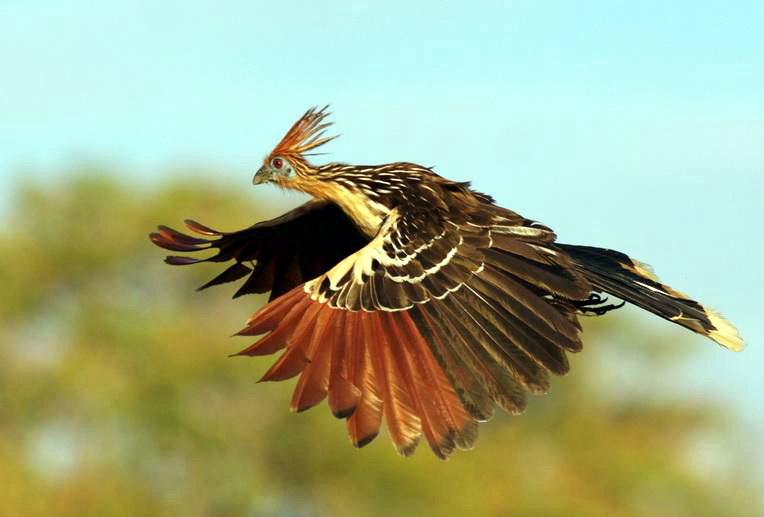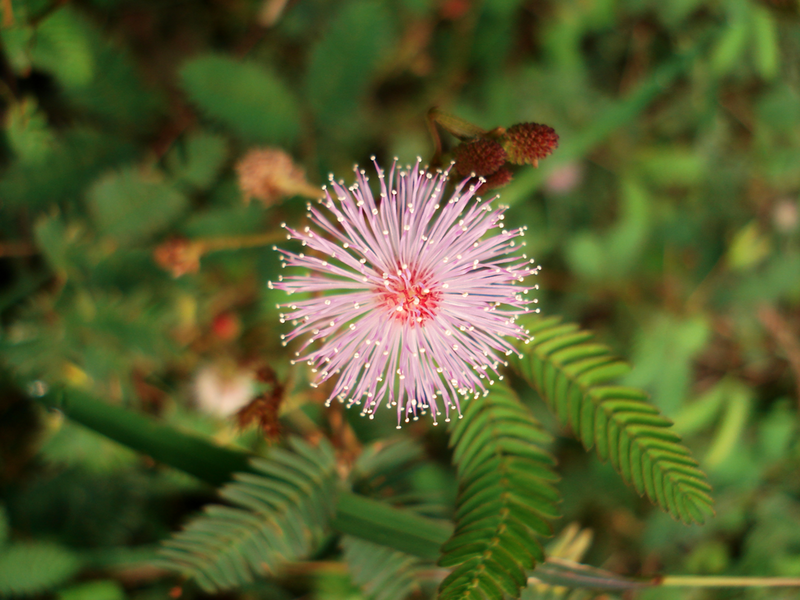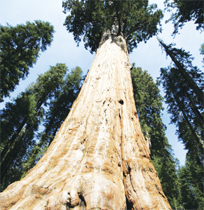Nay, I shall have faith until the very end, unless we actually qualify, in which case I say I knew we could do it all along.
...
This was a bad topic to choose to write about. Perhaps I will just edit it Sunday night to recap the events of the day.
Edit:
The competition was oh-so-slightly short of a disaster. The only thing keeping us from it was good spirit, a veteran engineer, and lots of medical tape.
Yes, medical tape.
We started out well enough at the event - we made sure our own robot was functioning (in retrospect, "functioning") and then we sauntered around looking at the rest of the robots. That's when we noticed ours was the only one with wooden parts, and a rope pully. Everyone else's were giant metal cubes in the design of war tanks, with elaborate devices and gears.
It pretty much went as expected from there: our frail frame and misjudged program soon tipped the robot over, spooling the pulley and making it pretty much useless. We regrouped and fixed the robot, but didn't change anything about it - first mistake. I don't know why we didn't; I guess we didn't have time. Our first point was so funny - there was a revving up of "Ooooooo"s as our robot approached its target, then an outburst of wild cheering - all for a couple measly points. Watching the video, I now see how dorky and naive we were in the others' eyes. No one cheers like that at a robotics competition.
And then our robot broke.
One team member improvised a brilliant strategy: we used the first roll of tape we came across, which happened to be the event's medical tape, and created a very crude but effective scoring device. And yes, we won that round! Sadly, we didn't place high enough and didn't qualify at the very end.
Oh well. Next time.
Hoatzin (Opisthocomus hoazin)
This bird is the only member of the genus Opisthocomus, which, in Ancient Greek, means, "wearing long hair behind." It's by itself because it doesn't have enough similar traits with other like birds. It's a tropical bird (not to be confused with the birds of paradise) that mainly populates the continent of South America, in the swampy, mangrove-y, riparian-y forests of the Amazon and the Orinoco delta.
Orinoco Flow, by Enya
Cool Facts:
- It's offspring are born with two claws on the tip of both wings, which it uses to crawl around. These claws fall off by the time they are juniors.
- It's also known as the stinkbird, because of its unusual digestive system with an enlarged crop used for fermentation of vegetable matter.
- Although it has completely developed wings, it rarely flies, because of its weak pectoral muscles.
- They are exclusively herbivores.
- If you thought they look and sound like the dinosaur Archaeopteryx, then I love you. Even so, scientists know they are not descendents because the hoatzin developed claws only to cling to trees hanging over water.
- In fact, scientists don't know when, how, or why the hoatzin evolved to be the way it is now. DNA sequencing projects are giving very mixed results.
- The hoatzin is the national bird of Guyana.
“We all live under the same sky, but we don't all have the
same horizon.”
-Konrad
Adenauer
-Konrad Adenauer






